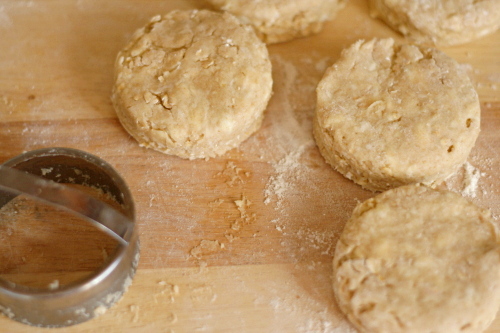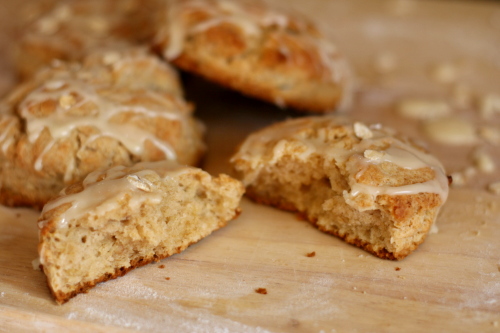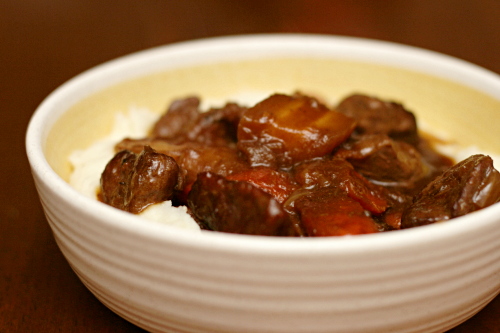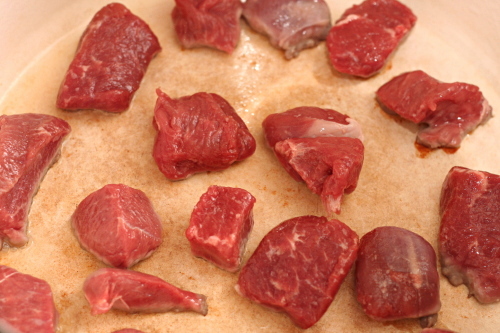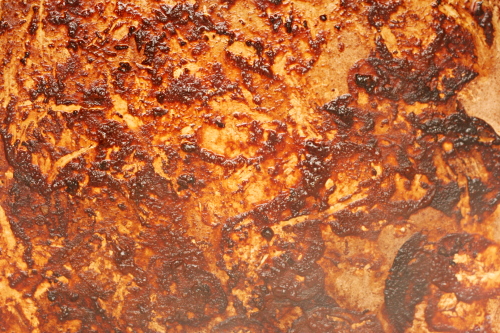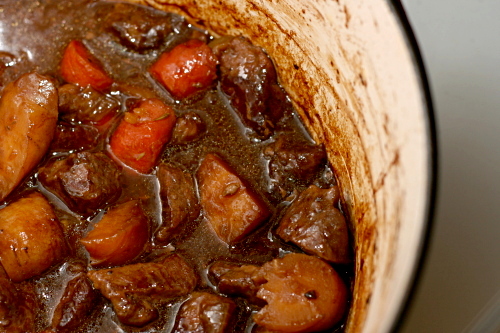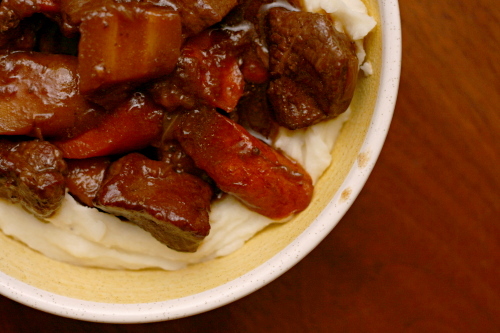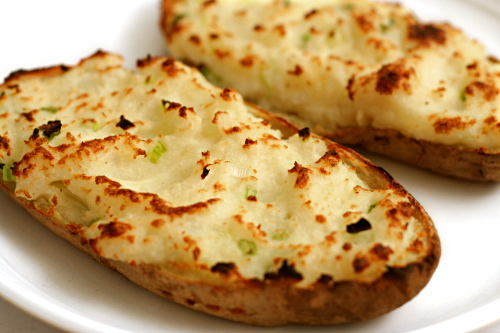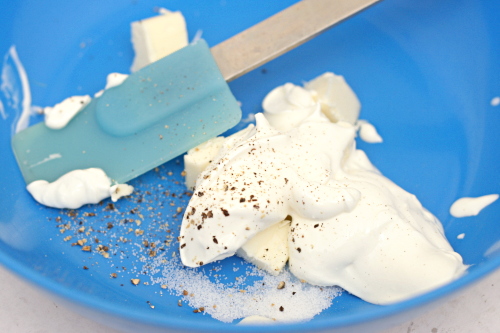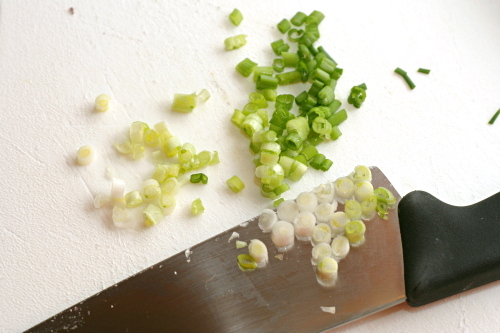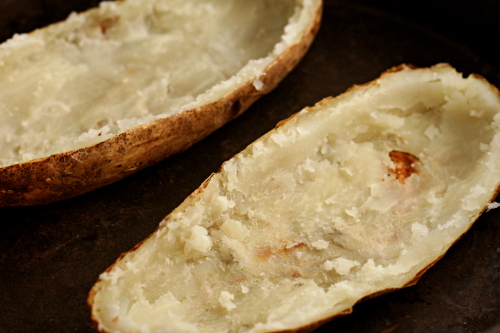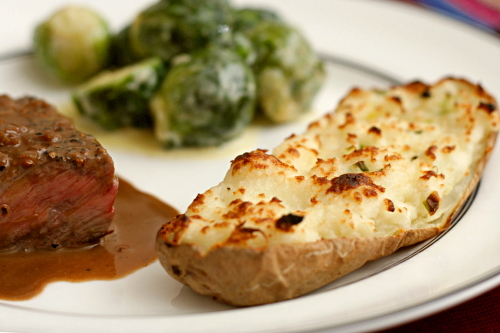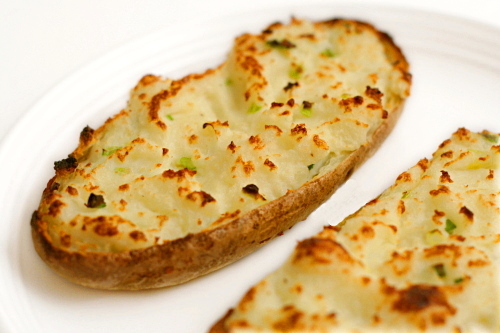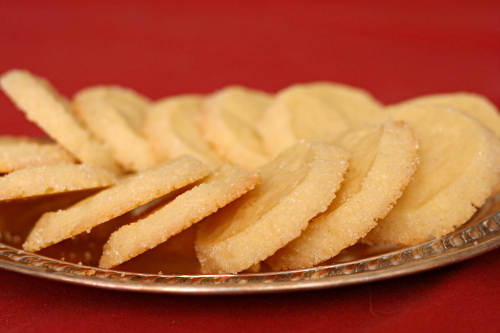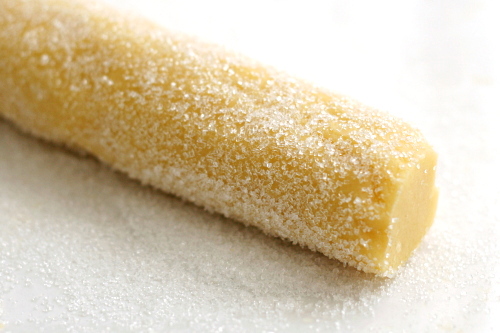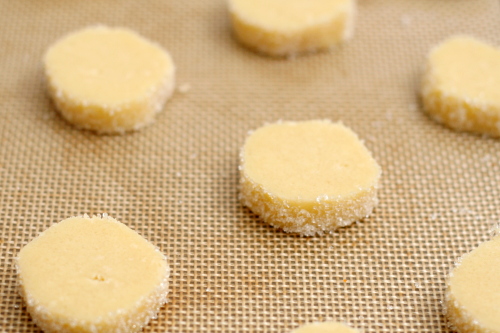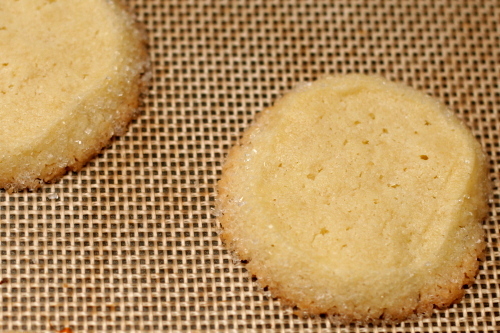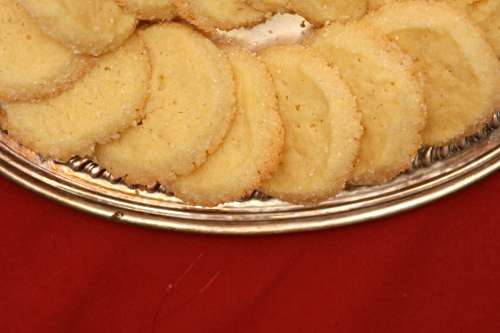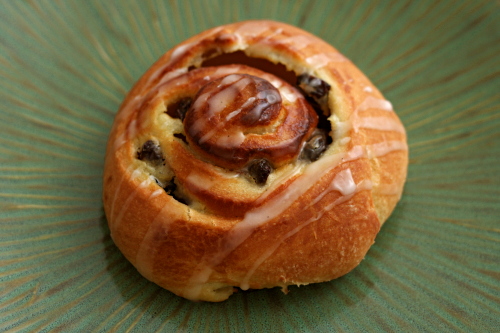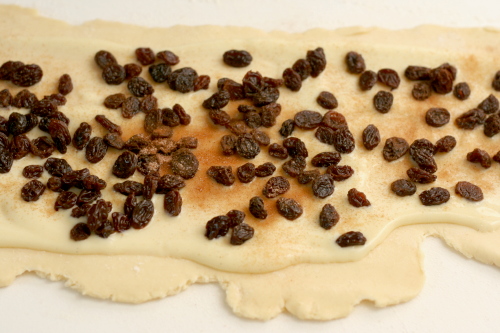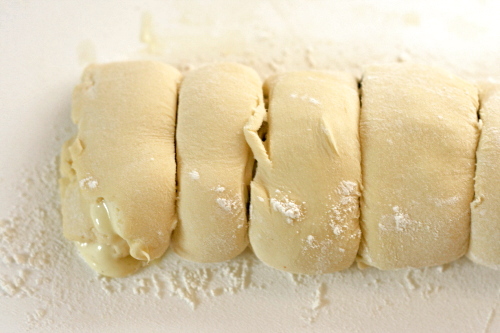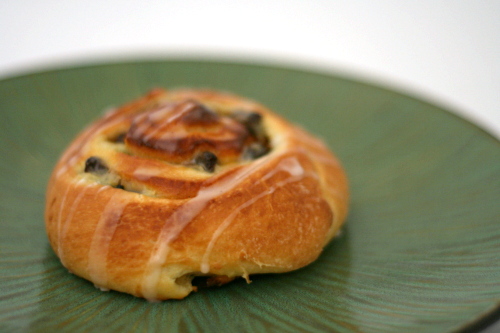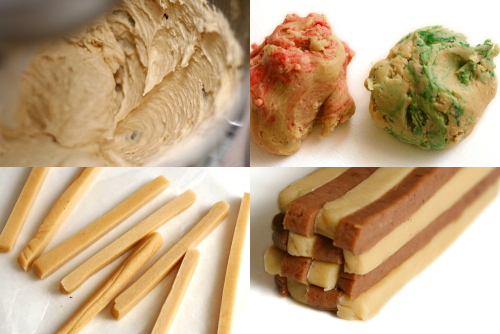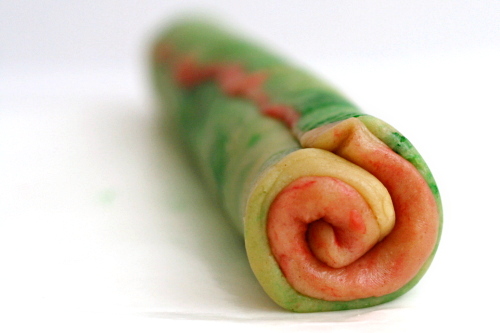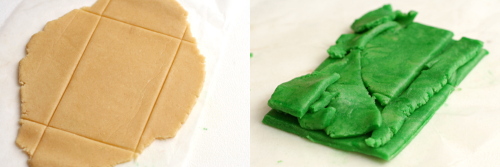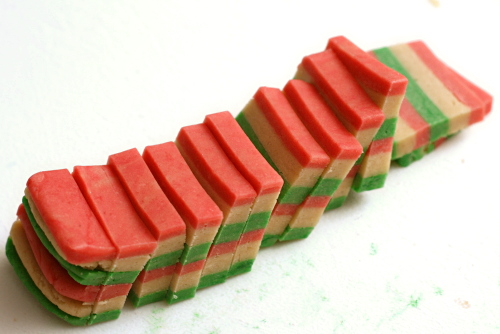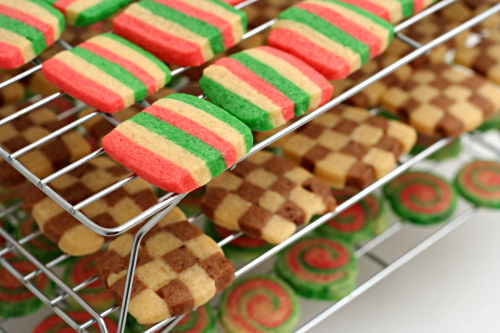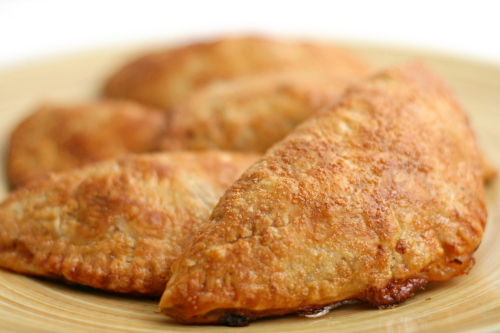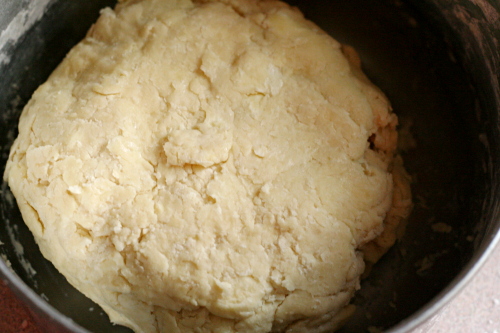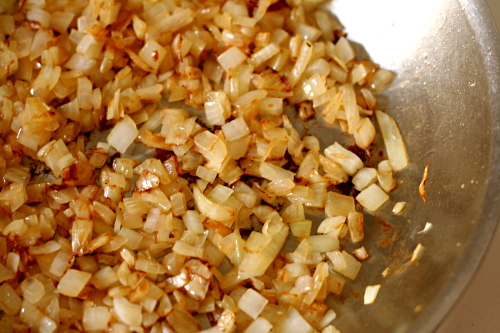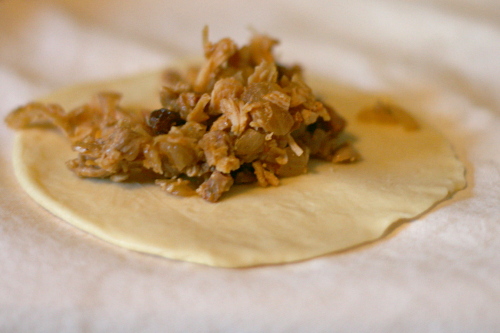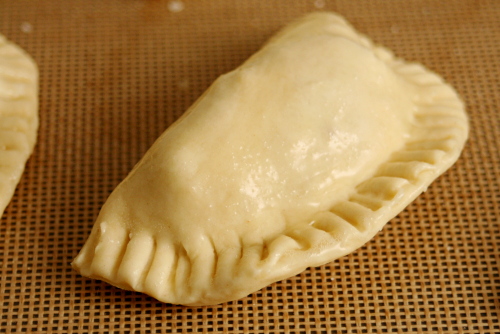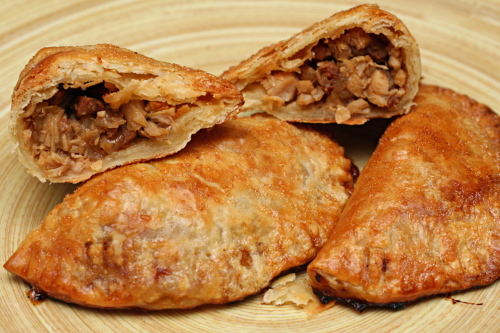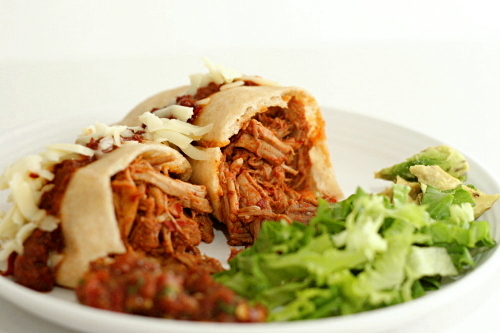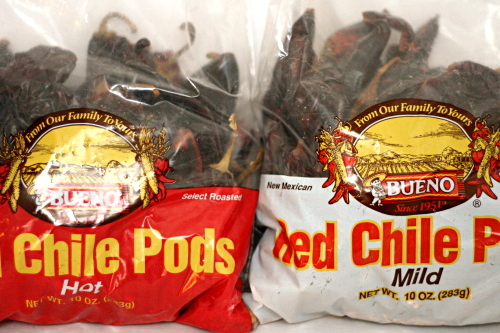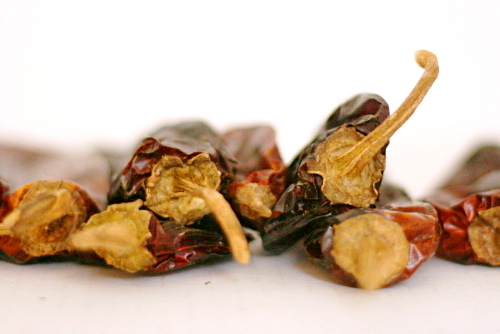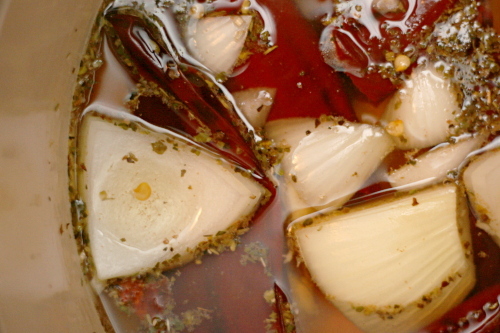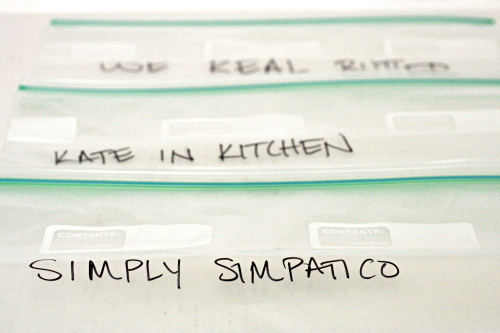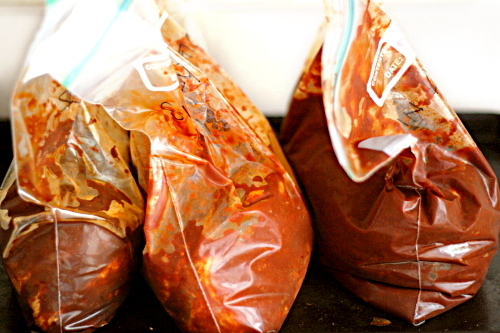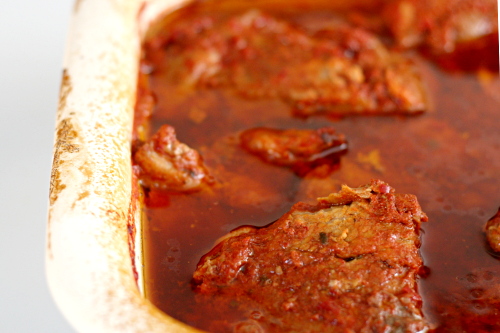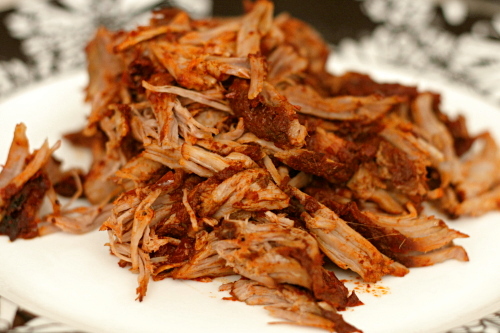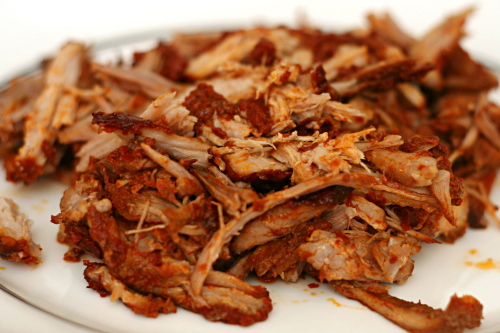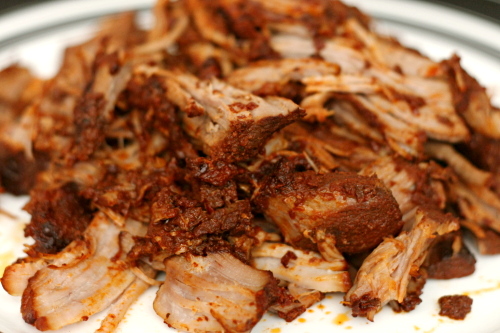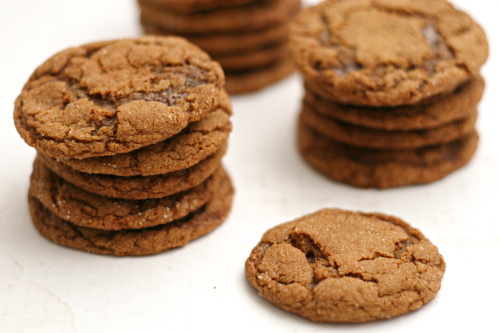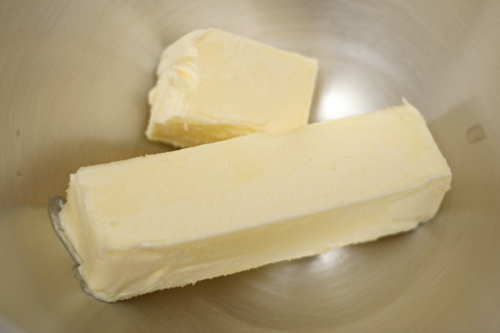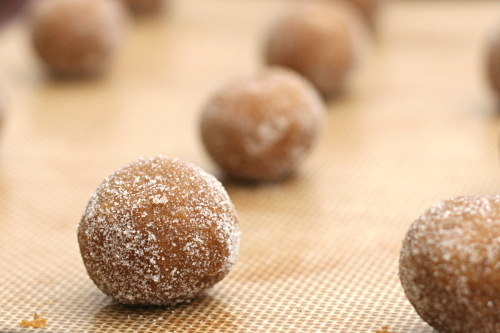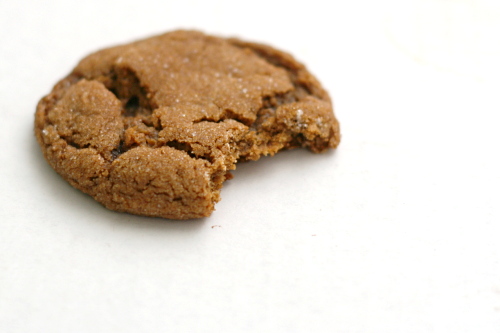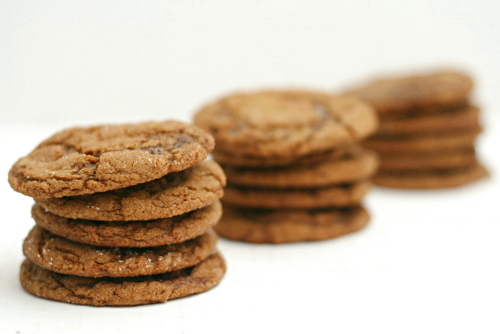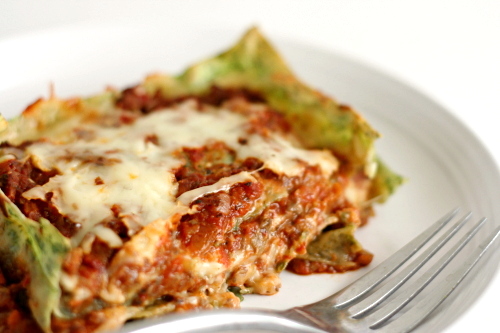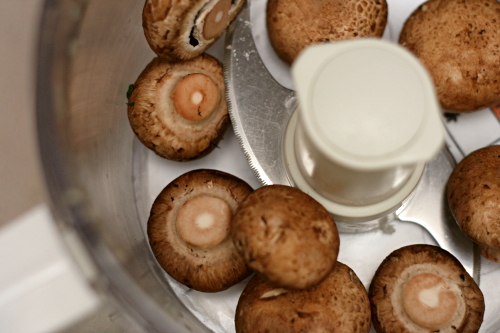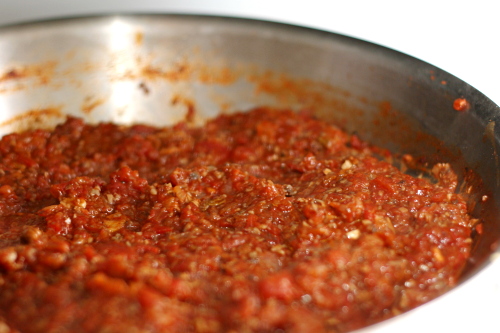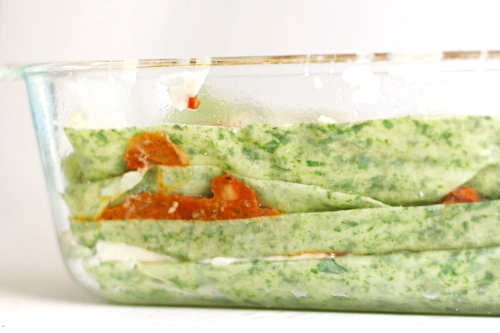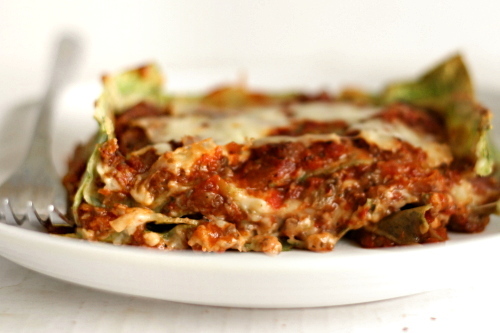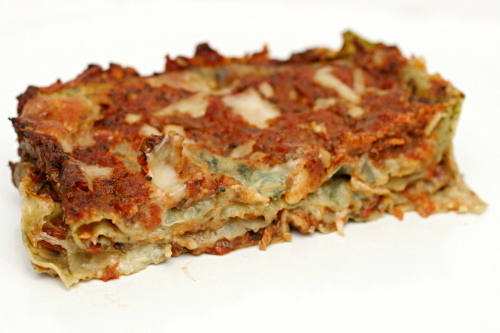I got scooped! I was just about to write an entry on these scones a few days ago and decided to go with the apple muffins instead. The next day Michelle posted about them. What are the chances?
Actually, considering that these first appeared on Barefoot Contessa Saturday morning, and by the time I baked them the next day there were already a handful of reviews on the Food Network’s site, the chances might not be so bad. Apparently I wasn’t the only one tempted by maple oatmeal scones.
Maple seems like an underused ingredient, considering how delicious it is. Perhaps the problem is that it’s an easily overpowered flavor once it’s mixed into dough and baked. These scones overcome this problem by adding additional maple in the form of a glaze.
I often think that glazes on scones make them too sweet, but since the scones themselves are only lightly sweetened, these have just the right level of sweetness. They’re also light and tender inside and crisp on top, and really just the perfect way to start out a weekend morning. I can see why Michelle was so eager to post about them!
One year ago: Twice-Baked Potatoes with Broccoli, Cheddar, and Scallions
Two years ago: Lasagne Bolognese
Printer Friendly Recipe
Maple Oatmeal Scones (adapted just slightly from Barefoot Contessa)
I used traditional rolled oats, which worked just fine.
As always with scones, you can freeze the dough after shaping it, then bake the scones straight from the freezer.
Scones:
1¾ cups (8.4 ounces) all-purpose flour
½ cup whole wheat flour
½ cup quick-cooking oats, plus additional for sprinkling
1 tablespoon baking powder
1 tablespoon granulated sugar
1 teaspoon salt
16 tablespoons (2 sticks) cold unsalted butter, cut into ½-inch cubes
¼ cup cold buttermilk
¼ cup pure maple syrup
2 large eggs, lightly beaten
Glaze:
½ cup confectioners’ sugar
¼ cup pure maple syrup
½ teaspoon pure vanilla extract
1. Preheat the oven to 400 degrees. In the bowl of an electric mixer fitted with a paddle attachment, combine the flours, oats, baking powder, sugar and salt. Blend the cold butter in at the lowest speed and mix until the butter is in pea-size pieces. Combine the buttermilk, maple syrup and eggs and add quickly to the flour-and-butter mixture. Mix until just blended. The dough may be sticky.
2. Dump the dough out onto a well-floured surface and be sure it is combined. Flour your hands and a rolling pin and roll the dough ¾ to 1 inch thick. You should see lumps of butter in the dough. Cut into 3-inch rounds with a plain or fluted cutter and place on a baking sheet lined with parchment paper. Lightly knead the scraps together and cut more scones.
3. Bake for 20 to 25 minutes, until the tops are crisp.
4. To make the glaze, combine the confectioners’ sugar, maple syrup and vanilla. When the scones are done, cool for 5 minutes, then drizzle each scone with 1 tablespoon of the glaze. For garnish, sprinkle a few uncooked oats on the tops of the scones.


